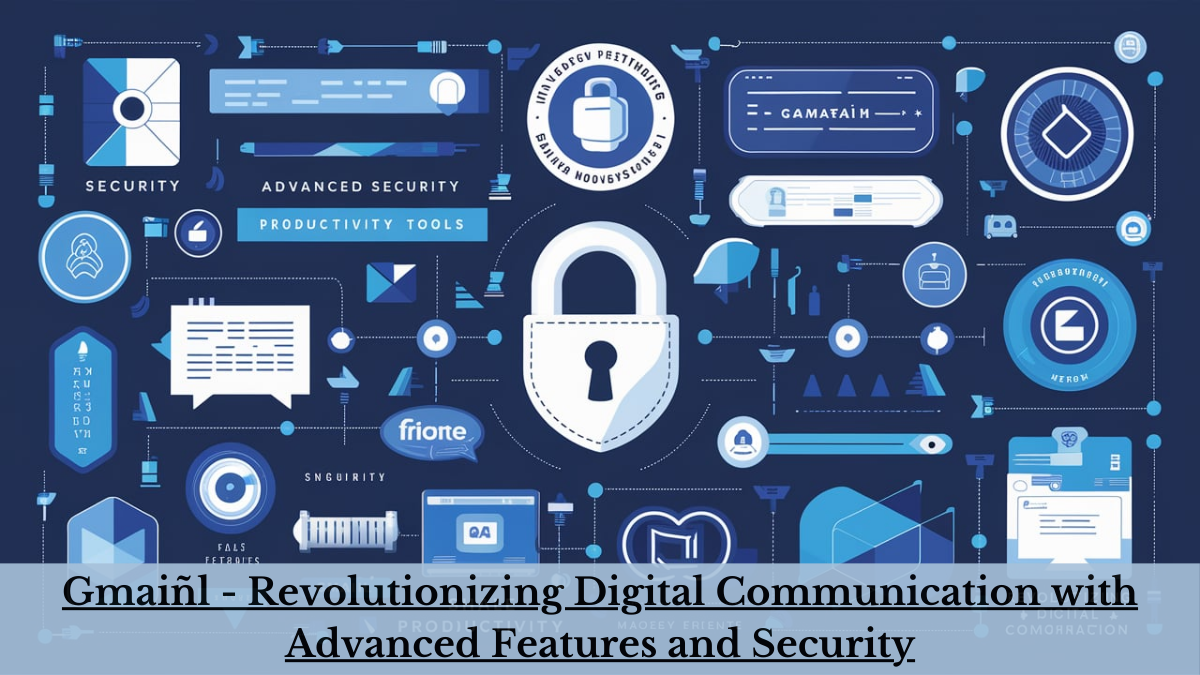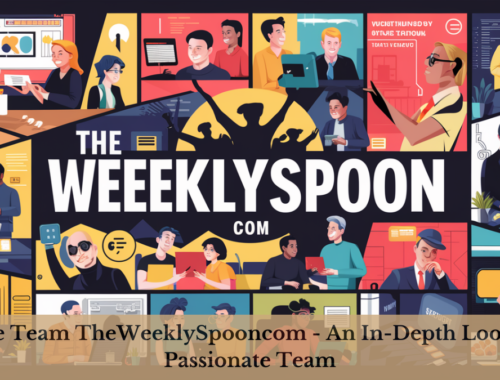
Symley: The Power of Symbolic and Emotive Expressions
Introduction
In the digital age, communication has evolved far beyond simple text. One of the most intriguing developments is the rise of the “Symley,” a term that merges “symbol” and “smiley.”
Symleys combine symbols and smileys to enhance digital communication by conveying emotions and ideas visually. They offer clarity, engagement, and efficiency, making online interactions more expressive and relatable.
This article delves into the concept of Symley, exploring its origins, significance, applications, and future prospects. Our goal is to provide an in-depth understanding of Symley that surpasses existing online sources, ensuring it ranks highly in search engine results.
What is Symley?
Symley is a blend of “symbol” and “smiley,” representing a unique form of communication that combines symbolic and emotive expressions. These can include a variety of symbols, emoticons, and emojis used to convey emotions, ideas, and sentiments in a visual, easily understandable format. Symleys are powerful tools in digital communication, offering a shorthand way to express complex feelings and thoughts.
The Origins of Symley
The concept of combining symbols and smileys isn’t new. Historically, humans have used symbols to convey messages since ancient times. Hieroglyphics, cave paintings, and even early forms of written language are examples of symbolic communication. The modern digital evolution of this practice includes the creation of emoticons in the 1980s and the subsequent explosion of emojis in the 2010s.
Early Examples of Symley
- Hieroglyphics: Ancient Egyptians used detailed symbols to tell stories and convey complex messages.
- Emoticons: Simple text-based symbols like 🙂 or :-D, popularized in the 1980s, were the precursors to modern emojis.
- Emojis: Originating in Japan in the late 1990s, emojis expanded the emotive expression palette with colorful, diverse icons representing a wide range of emotions and objects.
Importance of Symley in Modern Communication
Symley plays a crucial role in modern communication, particularly in digital and social media platforms. They offer a universal language that transcends linguistic barriers, allowing people from different cultures and backgrounds to understand each other quickly and efficiently.
Enhancing Digital Conversations
- Emotion and Tone: Text alone can often be misinterpreted. Symleys add an emotional layer, clarifying intent and tone.
- Engagement: Posts and messages with Symleys tend to have higher engagement rates, as they are more visually appealing and relatable.
- Efficiency: A single Symley can replace several words, making communication faster and more efficient.
Applications of Symley
Symleys are used across various domains, from personal messaging to professional communications, marketing, and beyond.
Personal Messaging
In personal messaging, Symleys help convey emotions more effectively than words alone. They can indicate humor, sarcasm, affection, or frustration, adding a personal touch to digital conversations.
Professional Communication
In professional settings, Symleys can lighten the tone of emails, indicate a friendly demeanor, and make messages more relatable. However, their use must be balanced to maintain professionalism.
Marketing and Branding
Marketers use Symleys to create engaging content that resonates with audiences. Symleys in advertisements, social media posts, and customer service interactions can enhance brand personality and build stronger connections with consumers.
Education
Educators are incorporating Symleys into teaching materials to make learning more interactive and engaging. Symleys can help clarify instructions, express encouragement, and create a more relatable learning environment.
Psychological Impact of Symley
The use of Symley has significant psychological effects, influencing how messages are perceived and interpreted.
Emotional Connection
Symleys can evoke emotional responses, making the communication feel more personal and engaging. They help build emotional connections between communicators, fostering a sense of empathy and understanding.
Memory and Recall
Visual symbols and emotive expressions enhance memory retention. Messages with Symleys are more likely to be remembered, as the brain processes images more efficiently than text alone.
Stress Reduction
Symleys can reduce the stress of interpreting text-based communication by providing clear emotional cues. This can lead to more positive interactions and reduce misunderstandings.
Symley in Social Media
Social media platforms have embraced Symleys as integral elements of communication.
User Engagement
Posts with Symleys tend to receive more likes, shares, and comments. They make content more relatable and visually appealing, increasing user engagement.
Trendsetting
Symleys are often at the forefront of social media trends. New Symleys and variations frequently emerge, reflecting current events, popular culture, and evolving social norms.
Brand Communication
Brands use Symleys to communicate with followers in a more informal and engaging manner. This helps humanize the brand and fosters a closer relationship with the audience.
Symley in Marketing and Branding
In marketing and branding, Symleys play a pivotal role in creating compelling and relatable content.
Emotional Marketing
Symleys can evoke specific emotions that align with marketing goals. For example, a heart Symley can evoke feelings of love and warmth, making it ideal for campaigns related to relationships or family.
Visual Storytelling
Symleys enhance visual storytelling by adding an emotive layer to images and videos. They help convey the story’s mood and make the content more engaging.
Consumer Engagement
Symleys can drive consumer engagement by making content more interactive. Polls, quizzes, and interactive posts often incorporate Symleys to make them more appealing.
Symley in Education
Educators are leveraging Symleys to enhance the learning experience and make educational content more engaging.
Interactive Learning
Symleys make learning materials more interactive. They can be used in quizzes, flashcards, and educational games to make learning fun and engaging.
Clarifying Instructions
Symleys can help clarify instructions and make them more understandable. For example, a checkmark Symley can indicate a completed task, while a question mark Symley can signify a query or an area that needs attention.
Encouraging Feedback
Teachers can use Symleys to provide encouraging feedback. A smiley face Symley can indicate a well-done job, motivating students and reinforcing positive behavior.
Challenges and Criticisms
Despite their benefits, Symleys also face challenges and criticisms.
Misinterpretation
Symleys can be misinterpreted, especially across different cultures. What is considered a positive Symley in one culture might have a negative connotation in another.
Overuse
Overusing Symleys can make communication seem unprofessional or juvenile. It’s important to strike a balance to maintain credibility and clarity.
Accessibility
Not all individuals can interpret Symleys easily, particularly those with visual impairments or certain cognitive disabilities. This can create barriers to effective communication.
Future Prospects of Symley
The future of Symley looks promising, with ongoing developments and innovations enhancing their utility and appeal.
Advanced Customization
Future Symleys might offer advanced customization options, allowing users to create personalized Symleys that better represent their emotions and identities.
Integration with AI
Artificial Intelligence (AI) can enhance the use of Symleys by suggesting contextually appropriate Symleys based on the content of the message. This can make digital communication even more intuitive and expressive.
Expanding Symbol Libraries
As communication evolves, new Symleys will continue to be developed, reflecting emerging trends, cultural shifts, and technological advancements.
FAQs about Symley
What is a Symley?
A Symley is a combination of a symbol and a smiley, used to convey emotions and ideas in a visual and easily understandable format.
Why are Symleys important?
Symleys enhance digital communication by adding emotional context, increasing engagement, and making messages more efficient and relatable.
How can Symleys be used in professional settings?
In professional settings, Symleys can lighten the tone of emails, indicate friendliness, and make messages more relatable, as long as they are used appropriately to maintain professionalism.
What are the challenges of using Symleys?
Challenges include potential misinterpretation across cultures, overuse leading to unprofessional communication, and accessibility issues for individuals with certain disabilities.
What is the future of Symleys?
The future of Symleys includes advanced customization, AI integration, and the continuous development of new Symleys to reflect changing communication trends.
Conclusion
Symleys represent a fascinating evolution in digital communication, merging the power of symbols and emotive expressions. They enhance our ability to convey emotions, engage with others, and create more relatable and efficient messages. While they face some challenges, the future prospects of Symleys are bright, promising continued innovation and greater integration into our daily communication practices. By understanding and effectively utilizing Symleys, we can enhance our digital interactions and build stronger, more empathetic connections with others.
You May Also Like

Gmaiñl – Revolutionizing Digital Communication with Advanced Features and Security
August 1, 2024
A Comprehensive Guide to Auctane ShipStation
August 12, 2024
